#public lands
Text

Leucistic American Badger at Point Reyes!
Recently, a unique sight was spotted here in Point Reyes National Seashore - a leucistic American Badger! You may think that it is an albino, but if you look closely, you’ll notice that its eyes are actually brown or black, not pink. Its nose also has some pigment to it.
Leucism is a genetic mutation where there is only a partial loss of pigmentation, while albinism is when there is a total absence of pigmentation. Albino creatures will look white (or sometimes pale yellowish) in color, with very pale pink or red eyes. Leucistic creatures can look white in patches or almost completely white, but their eyes will always have color to them. Just like this badger whose normally brown stripes are showing up more as a dark cream color!
Photo by David Kramer as he hastily pulled out his cell phone to get this photo while on a hike in the Seashore.
via: Point Reyes National Seashore (California)
#badger#mustelid#mammal#animals#nature#california#north america#public lands#leucism#science#zoology
5K notes
·
View notes
Text

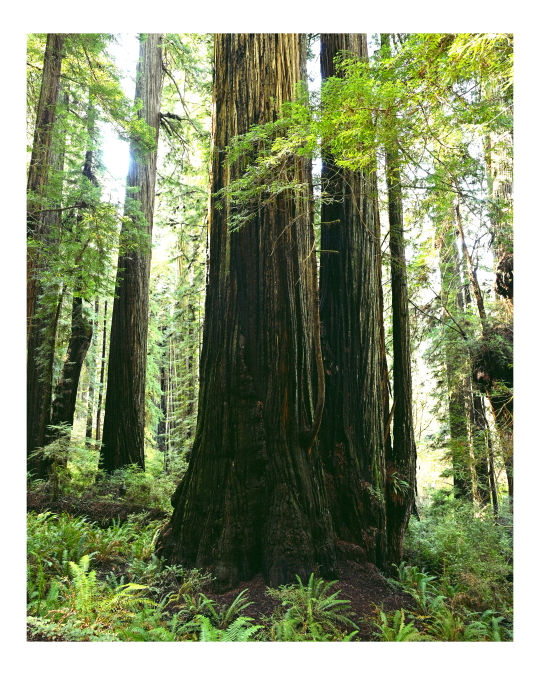
a huge two-stem Redwood with beautiful trunk flare
Redwood National Park, California
#redwoods#forest floor#coastal forest#ancient trees#old growth forest#dendrophilia#redwood national park#public lands#forest photography#nature photography#landscape photography#original photographers#nikon photography#nikon#24mm-120mm#photographers on tumblr
530 notes
·
View notes
Text
"The U.S. government is entering a new era of collaboration with Native American and Alaska Native leaders in managing public lands and other resources, with top federal officials saying that incorporating more Indigenous knowledge into decision-making can help spur conservation and combat climate change.
Federal emergency managers on Thursday also announced updates to recovery policies to aid tribal communities in the repair or rebuilding of traditional homes or ceremonial buildings after a series of wildfires, floods and other disasters around the country.
With hundreds of tribal leaders gathering in Washington this week for an annual summit, the Biden administration is celebrating nearly 200 new agreements that are designed to boost federal cooperation with tribes nationwide.
The agreements cover everything from fishery restoration projects in Alaska and the Pacific Northwest to management of new national monuments in the Southwestern U.S., seed collection work in Montana and plant restoration in the Great Smoky Mountains.
“The United States manages hundreds of millions of acres of what we call federal public lands. Why wouldn’t we want added capacity, added expertise, millennia of knowledge and understanding of how to manage those lands?” U.S. Interior Assistant Secretary Bryan Newland said during a panel discussion.
The new co-management and co-stewardship agreements announced this week mark a tenfold increase over what had been inked just a year earlier, and officials said more are in the pipeline.
Newland, a citizen of the Bay Mills Indian Community in northern Michigan, said each agreement is unique. He said each arrangement is tailored to a tribe’s needs and capacity for helping to manage public lands — and at the very least assures their presence at the table when decisions are made.
The federal government is not looking to dictate to tribal leaders what a partnership should look like, he said...
The U.S. government controls more than a quarter of the land in the United States, with much of that encompassing the ancestral homelands of federally recognized tribes...
Tribes and advocacy groups have been pushing for arrangements that go beyond the consultation requirements mandated by federal law.
Researchers at the University of Washington and legal experts with the Native American Rights Fund have put together a new clearinghouse on the topic. They point out that public lands now central to the country’s national heritage originated from the dispossession and displacement of Indigenous people and that co-management could present on opportunity for the U.S. to reckon with that complicated legacy...
In an attempt to address complaints about chronic underfunding across Indian Country, President Joe Biden on Wednesday signed an executive order on the first day of the summit that will make it easier for tribes to find and access grants.
Deanne Criswell, administrator of the Federal Emergency Management Agency, told tribal leaders Thursday that her agency [FEMA] began work this year to upgrade its disaster guidance particularly in response to tribal needs.
The Indigenous people of Hawaii have increasingly been under siege from disasters, most recently a devastating fire that killed dozens of people and leveled an entire town. Just last month, another blaze scorched a stretch of irreplaceable rainforest on Oahu.
Tribes in California and Oregon also were forced to seek disaster declarations earlier this year after severe storms resulted in flooding and mudslides...
Criswell said the new guidance includes a pathway for Native American, Alaska Native and Hawaiian communities to request presidential disaster declarations, providing them with access to emergency federal relief funding. [Note: This alone is potentially a huge deal. A presidential disaster declaration unlocks literally millions of dollars in federal aid and does a lot to speed up the response.]
The agency also is now accepting tribal self-certified damage assessments and cost estimates for restoring ceremonial buildings or traditional homes, while not requiring site inspections, maps or other details that might compromise culturally sensitive data."
-via AP, December 7, 2023
#united states#us politics#natural disasters#disaster relief#public lands#land back#indigenous#native american#first nations#indigineous people#sovereignty#president biden#biden administration#hope#good news#land management
592 notes
·
View notes
Text

Sunrise in the San Rafael Swell, March 2, 2024.
#utah#no filter#utahphotographer#desert#public lands#utah photos#utahunfiltered#sunrise#sanrafaelswell
259 notes
·
View notes
Text

A very little javelina (aka collared peccary) at the Bosque del Apache National Wildlife Refuge in mid-February 2023. The species does not have a specific breeding season, and young may be encountered at any time of year.
Not to be confused with feral hogs or wild boars, the peccaries are native to the Americas and form a distinct family Tayassuidae that is closely related to the Suidae (standard issue pig family).
My quick internet search turns up no solid name for young javelina/peccary. "Reds" due to their fur color is what I've found.
#javelina#peccary#bosque del apache#national wildlife refuge#new mexico#my photos#wildlife photography#wildlife#nature photography#public lands
199 notes
·
View notes
Video
Shades of Blue by Isaac Borrego
Via Flickr:
Desert View, Grand Canyon National Park, Arizona United States of America
#Desert View#Grand Canyon National Park#Arizona#grand canyon#national park#canyon#desert#united states#america#usa#national parks#national park system#nps#find your park#department of interior#public lands#geology#field work#geosciences#layers#layering#national park service#flickr
26 notes
·
View notes
Text
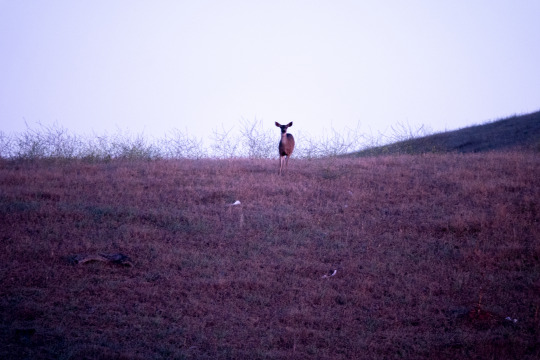
The Nameless Trails
Tripods stand by tourists fanned across the valley floor,
A thousand shots in color, lots of orange and grey, and more.
(That is, unless, the sky won’t bless them with a cloudless day,)
The crowds look up and try their luck, for fire falls they pray.
Yosemite is fine to me, I’ll trek to Yellowstone,
Each park is grand, these wondrous lands are deservedly well-known.
Though swarmed by hoards of travelers, bored, we wait in miles of cars,
I’m glad I know the golden glow of sunsets lighting parks.
But have you seen the silver gleam of pools reflected light,
Dancing on a doe and fawn who never know your sight?
Among the stones and fields unknown, a fluttering of quails,
Have you heard the calling birds that sing on nameless trails?
Have you run in rising sun and held the rocks unturned?
This land is mine, and yours, from rhine to blackened forests burned.
The vast expanse and bold romance of the wild and free west
Out there awaits, beyond cow gates, with miles are we blessed.
Without a name or worldwide fame, alone I can meander.
No signs, no shops, vacant hilltops, a private, hidden grandeur.
Go and see the copse of trees, the unadvertised cattails,
Near you and know, the golden glow of sun on nameless trails.
#Poetry#My poetry#public lands#Bureau of Land Management#National Forest Service#Firefalls#Yosemite#Yellowstone#just go outside#National Parks are lovely but they're not the only#or best#places
42 notes
·
View notes
Text
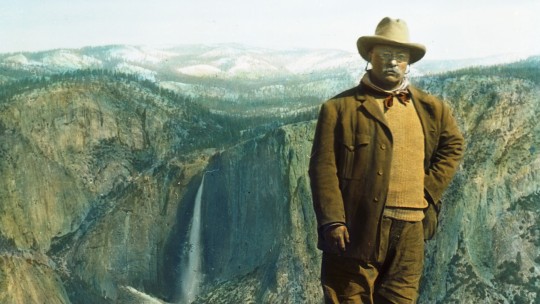
LETTERS FROM AN AMERICAN
April 7, 2024 (Sunday)
HEATHER COX RICHARDSON
APR 08, 2024
In August 1870 a U.S. exploring expedition headed out from Montana toward the Yellowstone River into land the U.S. government had recognized as belonging to different Indigenous tribes.
By October the men had reached the Yellowstone, where they reported they had “found abundance of game and trout, hot springs of five or six different kinds…basaltic columns of enormous size” and a waterfall that must, they wrote, “be in form, color and surroundings one of the most glorious objects on the American Continent.” On the strength of their widely reprinted reports, the secretary of the interior sent out an official surveying team under geologist Ferdinand V. Hayden. With it went photographer William Henry Jackson and fine artist Thomas Moran.
Banker and railroad baron Jay Cooke had arranged for Moran to join the expedition. In 1871 the popular Scribner’s Monthly published the surveyor’s report along with Moran’s drawings and a promise that Cooke’s Northern Pacific Railroad would soon lay tracks to enable tourists to see the great natural wonders of the West.
But by 1871, Americans had begun to turn against the railroads, seeing them as big businesses monopolizing American resources at the expense of ordinary Americans. When Hayden called on Congress to pass a law setting the area around Yellowstone aside as a public park, two Republicans—Senator Samuel Pomeroy of Kansas and Delegate William H. Clagett of Montana—introduced bills to protect Yellowstone in a natural state and provide against “wanton destruction of the fish and game…or destruction for the purposes of merchandise or profit.”
The House Committee on Public Lands praised Yellowstone Valley’s beauty and warned that “persons are now waiting for the spring…to enter in and take possession of these remarkable curiosities, to make merchandise of these bountiful specimens, to fence in these rare wonders so as to charge visitors a fee, as is now done at Niagara Falls, for the sight of that which ought to be as free as the air or water.” It warned that “the vandals who are now waiting to enter into this wonderland will, in a single season, despoil, beyond recovery, these remarkable curiosities which have required all the cunning skill of nature thousands of years to prepare.”
The New York Times got behind the idea that saving Yellowstone for the people was the responsibility of the federal government, saying that if businesses “should be strictly shut out, it will remain a place which we can proudly show to the benighted European as a proof of what nature—under a republican form of government—can accomplish in the great West.”
On March 1, 1872, President U. S. Grant, a Republican, signed the bill making Yellowstone a national park.
The impulse to protect natural resources from those who would plunder them for profit expanded 18 years later, when the federal government stepped in to protect Yosemite. In June 1864, Congress had passed and President Abraham Lincoln signed a law giving to the state of California the Yosemite Valley and nearby Mariposa Big Tree Grove “upon the express conditions that the premises shall be held for public use, resort and recreation.”
But by 1890 it was clear that under state management the property had been largely turned over to timber companies, sheep-herding enterprises, and tourist businesses with state contracts. Naturalist John Muir warned in the Century magazine: “Ax and plow, hogs and horses, have long been and are still busy in Yosemite’s gardens and groves. All that is accessible and destructible is rapidly being destroyed.” Congress passed a law making the land around the state property in Yosemite a national park area, and the United States military began to manage the area.
The next year, in March 1891, Congress gave the president power to “set apart and reserve…as public reservations” land that bore at least some timber, whether or not that timber was of any commercial value. Under this General Revision Act, also known as the Forest Reserve Act, Republican president Benjamin Harrison set aside timber land adjacent to Yellowstone National Park and south of Yosemite National Park. By September 1893, about 17 million acres of land had been put into forest reserves. Those who objected to this policy, according to Century, were “men [who] wish to get at it and make it earn something for them.”
Presidents of both parties continued to protect American lands, but in the late nineteenth century it was New York Republican politician Theodore Roosevelt who most dramatically expanded the effort to keep western lands from the hands of those who wanted only their timber and minerals.
Roosevelt was concerned that moneygrubbing was eroding the character of the nation, and he believed that western land nurtured the independence and community that he worried was disappearing in the East. During his presidency, which stretched from 1901 to 1909, Roosevelt protected 141 million acres of forest and established five new national parks.
More powerfully, he used the 1906 Antiquities Act, which Congress had passed to stop the looting and sale of Indigenous objects and sites, to protect land. The Antiquities Act allowed presidents to protect areas of historic, cultural, or scientific interest. Before the law was a year old, Roosevelt had created four national monuments: Devils Tower in Wyoming, El Morro in New Mexico, and Montezuma Castle and Petrified Forest in Arizona.
In 1908, Roosevelt used the Antiquities Act to protect the Grand Canyon.
Since then, presidents of both parties have protected American lands. President Jimmy Carter rivaled Roosevelt’s protection of land when he protected more than 100 million acres in Alaska from oil development. Carter’s secretary of the interior, Cecil D. Andrus, saw himself as a practical man trying to balance the needs of business and environmental needs but seemed to think business interests had become too powerful: “The domination of the department by mining, oil, timber, grazing and other interests is over.”
In fact, the fight over the public lands was not ending; it was entering a new phase. Since the 1980s, Republicans have pushed to reopen public lands to resource development, maintaining even today that Democrats have hampered oil production although it is currently, under President Joe Biden, at an all-time high.
The push to return public lands to private hands got stronger under former president Donald Trump. On April 26, 2017, Trump signed an executive order—Executive Order 13792—directing his secretary of the interior, Ryan Zinke, to review designations of 22 national monuments greater than 100,000 acres, made since 1996. He then ordered the largest national monument reduction in U.S. history, slashing the size of Utah’s Bears Ears National Monument by 85%—a goal of uranium-mining interests—and that of Utah’s Escalante–Grand Staircase by about half, favoring coal interests.
“No one better values the splendor of Utah more than you do,” Trump told cheering supporters. “And no one knows better how to use it.”
In March 2021, shortly after he took office, President Biden announced a new initiative to protect 30% of U.S. land, fresh water, and oceans areas by 2030, a plan popularly known as 30 by 30. Also in March 2021, Supreme Court chief justice John Roberts urged opponents of land protection to push back against the Antiquities Act, saying the broad protection of lands presidents have established under it is an abuse of power.
In October 2021, President Biden restored Bears Ears and Escalante–Grand Staircase to their original size. “Today’s announcement is not just about national monuments,” Interior Secretary Deb Haaland, a member of the Laguna Pueblo in New Mexico, said at the ceremony. “It’s about this administration centering the voices of Indigenous people and affirming the shared stewardship of this landscape with tribal nations.”
In 2022, nearly 312 million people visited the country’s national parks and monuments, supporting 378,400 jobs and spending $23.9 billion in communities within 60 miles of a park. This amounted to a $50.3 billion benefit to the nation’s economy.
But the struggle over the use of public lands continues, and now the Republicans are standing on the opposite side from their position of a century ago. Project 2025, the blueprint for a second Trump presidency, demands significant increases in drilling for oil and gas. That will require removing land from federal protection and opening it to private development. As Roberts urged, Project 2025 promises to seek a Supreme Court ruling to permit the president to reduce the size of national monuments. But it takes that advice even further.
It says a second Trump administration “must seek repeal of the Antiquities Act of 1906.”
LETTERS FROM AN AMERICAN
HEATHER COX RICHARDSON
#Letters From An American#Heather Cox Richardson#public lands#the Antiquities Act of 1906#history#Department of the interior#tribal nations#Teddy Roosevelt#conservation#conservatism#preservation
8 notes
·
View notes
Text

The Dominguez–Escalante National Conservation Area is a 209, 610-acre National Conservation Area located in western Colorado.
Photo Credit: Jennifer Lhost
#Public Lands#Colorado#Bureau of Land Manangement#Dominguez-Escalante Nat. Conservation Area#landscape#nature
7 notes
·
View notes
Text
Excerpt from this story from E&E News/Politico:
The Bureau of Land Management announced Thursday it has finalized a sweeping new public lands rule that places conservation and restoration of public lands on equal footing with energy development and mining.
The final rule implements a suite of conservation policy tools and initiatives BLM offices are directed to employ in an effort to protect natural spaces and restore lands in the face of a warming climate.
The rule states that urgent action is needed to preserve and restore federal rangelands against drought and increased wildfires, or the 245 million acres BLM oversees will no longer be able in the coming decades to support grazing, recreation or energy development.
“The rule does not prioritize conservation above other multiple uses. It also does not preclude other uses where conservation use is occurring,” according to the final rule. “Many uses are compatible with different types of conservation use, such as sustainable recreation, grazing, and habitat management. The rule also does not enable conservation use to occur in places where an existing, authorized, and incompatible use is occurring.”
Critics, including the National Mining Association, blasted the final rule as an effort to block energy production and mining, and a betrayal of BLM’s mandate to accommodate a range of uses beyond conservation.
But it’s a victory for conservation groups and other supporters who see it as a major and long-overdue policy shift for an agency they say has too often favored ranching, oil and gas drilling or mining over the preservation and health of federal rangelands.
The rule will formally take effect 30 days after it is published in the Federal Register, presumably in the coming days.
The final BLM rule is among a handful of major policy changes, rules and initiatives rolled out within the past week as President Joe Biden looks to bolster his appeal to conservationists and young climate activists during an election year.
Summary of the Public Lands Rule from a press release from the Department of the Interior:
The final rule:
Directs BLM to manage for landscape health. Successful public land management that delivers natural resources, wildlife habitat and clean water requires a thorough understanding of the health and condition of the landscape, especially as conditions shift on the ground due to climate change. To help sustain the health of our lands and waters, the rule directs the BLM to manage public land uses in accordance with the fundamentals of land health, which will help watersheds support soils, plants, and water; ecosystems provide healthy populations and communities of plants and animals; and wildlife habitats on public lands protect threatened and endangered species consistent with the multiple use and sustained yield framework.
Provides a mechanism for restoring and protecting our public lands through restoration and mitigation leases. Restoration leases provide greater clarity for the BLM to work with appropriate partners to restore degraded lands. Mitigation leases will provide a clear and consistent mechanism for developers to offset their impacts by investing in land health elsewhere on public lands, like they currently can on state and private lands. The final rule clarifies who can obtain a restoration or mitigation lease, limiting potential lessees to qualified individuals, businesses, non-governmental organizations, Tribal governments, conservation districts, or state fish and wildlife agencies. Restoration and mitigation leases will not be issued if they would conflict with existing authorized uses.
Clarifies the designation and management of ACECs. The final rule provides greater detail about how the BLM will continue to follow the direction in the Federal Land Policy and Management Act to prioritize the designation and protection of ACECs. Following public comments, the final rule clarifies how BLM consideration of new ACEC nominations and temporary management options does not interfere with the BLM’s discretion to continue advancing pending project applications.
5 notes
·
View notes
Text
More than 30 wildlife conservation groups today urged the U.S. Forest Service to prohibit Idaho from paying private contractors to shoot wolves from aircraft in national forests in central and southeastern Idaho. The Idaho Wolf Depredation Control Board recently approved the controversial predator control measure.
Specifically, today’s letter asked the Forest Service to grant a 2023 petition from the Center for Biological Diversity. The petition explained that gunning down wolves from helicopters risks harm to other wildlife like grizzly bears and Canada lynx, as well as public safety and wilderness values.
If the Forest Service fails to promptly grant the petition, the groups may consider legal action in federal court.
“Recreationists should not have to worry about their safety while enjoying our public lands,” said Christine Gertschen, co-director of the Conservation Connection Foundation.
“Aerial gunning is dangerous for all concerned, especially for our native wildlife.”
The Idaho Wolf Depredation Control Board is funded primarily by tax dollars. The proposals approved for funding could allow aerial gunning across much of Idaho, including lands in the Caribou-Targhee National Forest, Boise National Forest, Salmon-Challis National Forest, Sawtooth National Forest and Payette National Forest.
“Aerial gunning prioritizes wolf killings over the health and safety of our shared forests,” said Sasha Truax, presidents of Teens Restoring Earth’s Environment. “It is a twisted abuse of public funding and its continuance exposes the brutality of wolf management on public lands. It must be stopped.”
#ecology#enviromentalism#let wolves live#wolves#idaho#Idaho depredation control board#us forest service#wildlife conservation#Aerial gunning#Aerial hunting#Helicopter hunting#public lands#national forest#Private contractors#Caribou-Targhee National Forest#Boise National Forest
6 notes
·
View notes
Photo
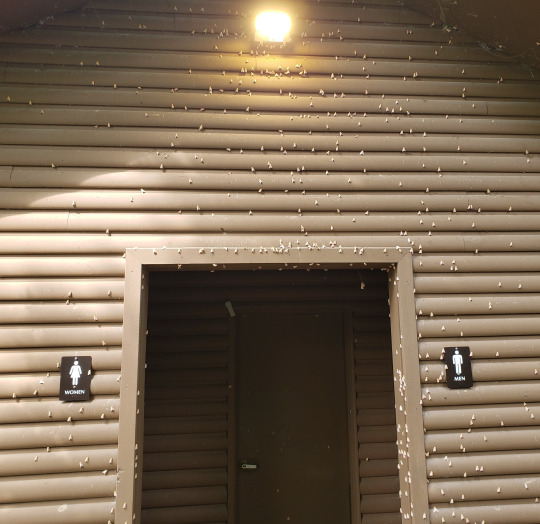


Hundreds of Rosy Maple Moths gather on the public restrooms at Voyageurs National Park in Minnesota, USA.
photographs by J. Martin | National Park Service
1K notes
·
View notes
Text



orange slime myxomycetes, unable to exactly ID this species. Found on decaying Sitka spruce limbs.
first two images composed of 150 images stacked
Big Lagoon, California
#slime fungi#myxomycetes#myxomycota#fungi#forest floor#mycology#sitka spruce#mushrooms#naturecore#public lands#mushroom photography#nature photography#macrophotography#original photographers#nikon photography#nikon#105mm#focus stacking#helicon focus#photographers on tumblr
180 notes
·
View notes
Text


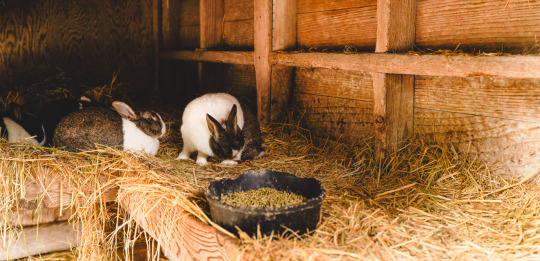

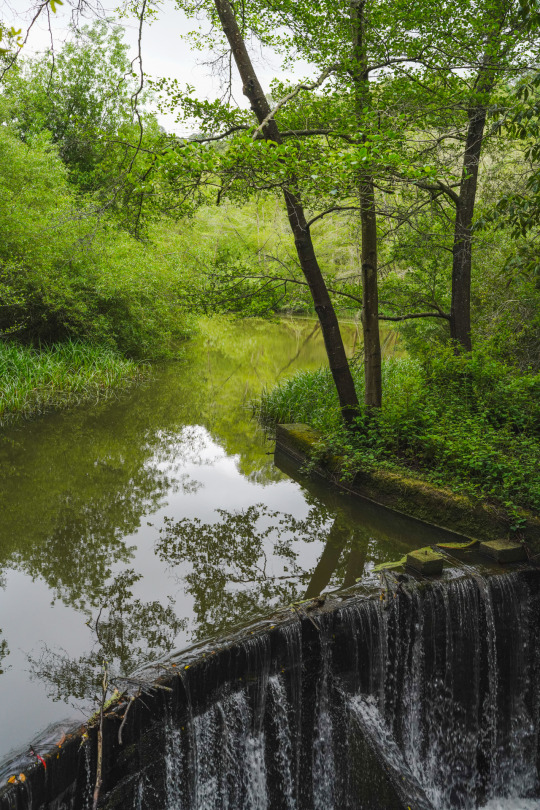


I needed to see some creatures, so yesterday morning we went and did that. The walk helped get my mind going, and I didn't mind getting rained on - the streams are running and the little lake is full. They've installed a lot more bike infrastructure in the park in the last few years, so I'm looking forward to taking more rides broken up by greenery on foot.
#flora#fauna#cows#bos taurus#goats#pigs#bunnies#barnyard animals#morning walks#perambulations#photographers on tumblr#photography#digital photography#color photography#animal portraits#public lands#green#farm#sonya7r4#sonya7riv#photographers of tumblr#original photography#walk#photoset#2023#rabbits#public parks#bikes#bike infrastructure#cycling
24 notes
·
View notes
Text
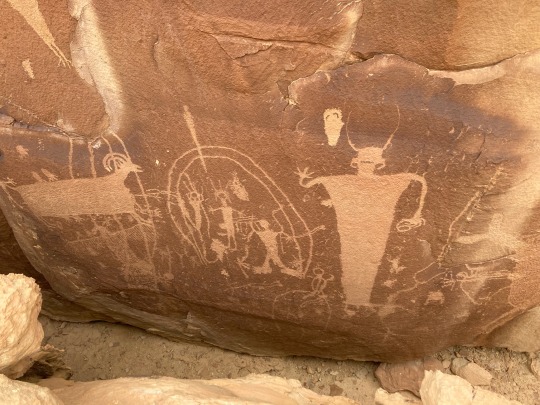
A petroglyph panel in Southeastern Utah. March 30, 2024.
#photographers on tumblr#utah#petroglyphs#archeology#anthropology#fremont#desert#no filter#utah photos#utahphotographer#public lands#utahunfiltered
151 notes
·
View notes
Text
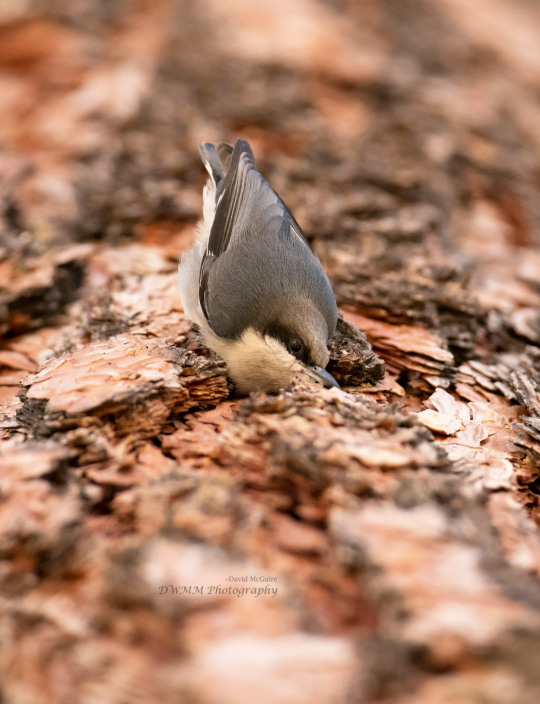

Pygmy nuthatch on ponderosa pine at Bandelier National Monument in New Mexico, USA. Standing very close to the trunk looking upward perspective (actually resting camera against trunk for the 2nd).
#my photos#bird photography#not zoo photography#bandelier national monument#public lands#nuthatch#pygmy nuthatch#Sitta pygmaea#sitta
9 notes
·
View notes